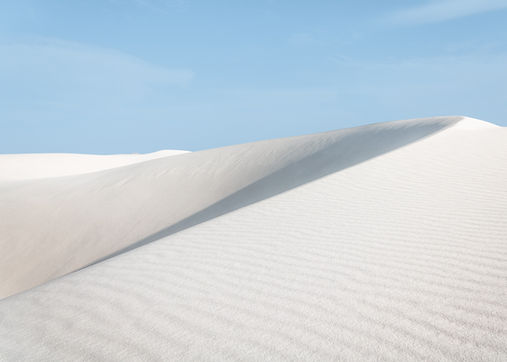TALLGRASS ONTARIO PRESCRIBED BURN TOOLKIT

Establishing Firebreaks or Control Lines
Control lines, frequently called firebreaks, are features of the landscape used to stop, slow, or control the spread of a prescribed fire. To be effective, firebreaks should be at least 4 to 6 meters wide and border the entire burn area. Two types of firebreaks are most commonly used.
For a video illustrating firebreaks, click here
Natural firebreaks are existing physical features that inherently do not contain combustible fuels, such as rivers, streams, lakes, ponds, and roads. Caution should be used when using certain wetlands as control lines. Wetlands containing dense stands of emergent vegetation, such as cattails, can carry fire across the top of the water surface.
Constructed firebreaks are areas where the vegetation has either been completely removed by tillage practices, sprayed with water, or frequently mown so as to remove any buildup of fine dead fuels within the control line from previous growing seasons and, thereby, consists only of standing “green” vegetation.
Existing, crop (corn or soybean) stubble should not be used a firebreak. Although standing crop stubble may be interspersed with copious quantities of bare soil, the fact still remains that the stubble is dead and fire can be transported from one standing stalk to another. Even crop stubble that appears to be wet from a morning dew can quickly dry out as daytime temperature increases and humidity falls. Convective heat from the advancing fire can also assist in drying and curing the stubble.
If crop fields are going to be used as firebreaks, the edges should be conventionally tilled so as to completely remove or bury all crop residues. Caution should be taken not to just turn the crop stubble over into furrows. Stubble, turned over and concentrated in this fashion, can ignite and burn the entire length of the furrow, even when lightly covered with soil. All stubble should be well incorporated into the soil.
The best time of the year to prepare crop field edges for a late winter or spring burn is during the fall prior to the intended burn as part of the crop harvest and tillage operations. This allows an extended period during which crop residue can breakdown and become further incorporated into the soil.
Firebreaks may also be created by establishing black lines. Black lines are typically created by setting fire to the leeward portion of a fuel bed, allowing the fire to slowly advance in a controlled fashion against the wind. Once the fuel has been burned off to a specified width the fire is extinguished.
